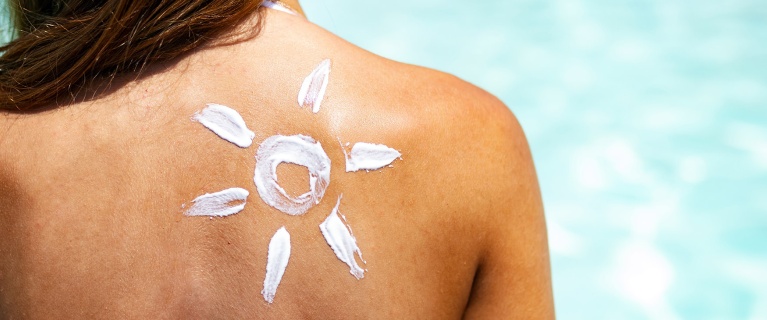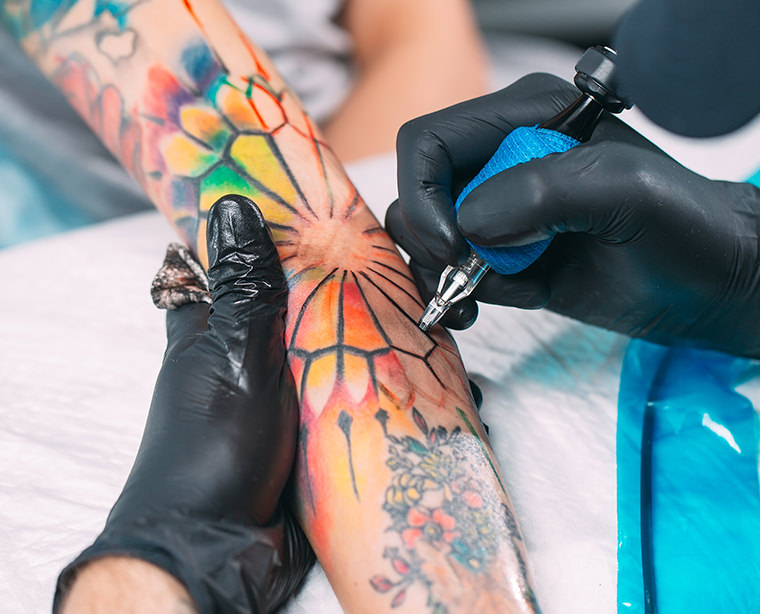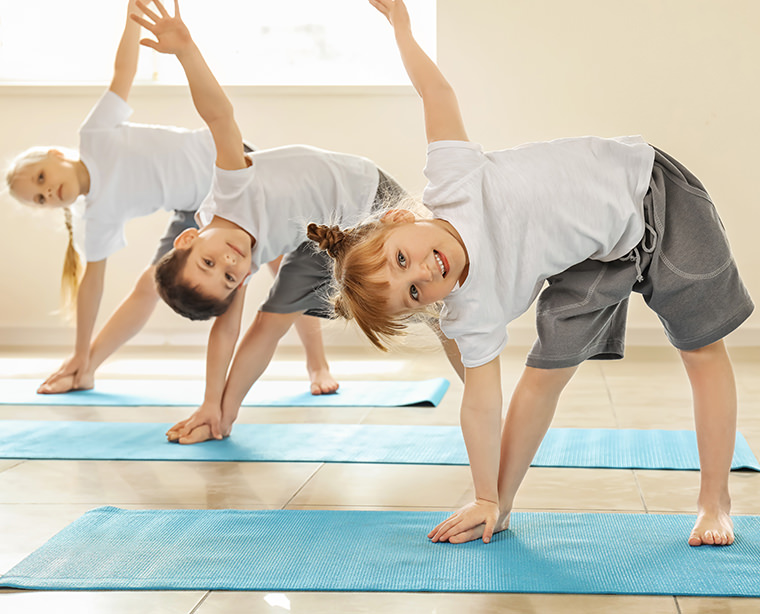

Is the sun good for atopic eczema?

Generally speaking, the sun is your friend if you have eczema. In summer, many see their condition improve on its own.
In some cases, however, the sun may be poorly tolerated and cause you to sweat, which then leads to itching or photosensitivity, or an “allergy to the sun”.
The sun tends to alleviate atopic eczema
True, but only in small doses
Those of you who have had eczema for several years know: with summer usually comes relief. Why? Because eczema is a type of inflammation, and the sun provides an anti-inflammatory effect.
More specifically, its ultra-violet (UV) rays may help improve eczema. This is the concept behind phototherapy, used to minimize flare-ups.
Be careful, however. We all know that high doses of UV rays can have harmful effects (skin aging, dermatological diseases, cancer, etc.). You must maintain just the right balance to reap the benefits all while avoiding the sun’s harmful effects.
The UV rays are what makes the sun beneficial, not the infrared light, meaning heat is a no-no. At home, avoid cranking up the thermostat. This will only dry out your already fragile skin even more and cause itching if you sweat.
How to optimize the positive effect of the sun and summer
Keep up your routine, even in summer. Consistency is key for optimum protection against eczema. Going away on holiday? Remember to pack your emollient and topical corticosteroids! Choose the right texture for each season. When in doubt, ask your pharmacist for advice.
Sun exposure is beneficial, but only if you protect your skin!
Clothing & parasol
What is the best sun protection? Clothing. This is especially true for small children, and special anti-UV clothing is also available. In addition to sun cream, remember to bring your T-shirt, hat, sunglasses and parasol. Be especially careful between the hours of 2 pm and 4 pm, when the sun is at its highest.
Not all fabrics provide the same level of protection. Tightly woven fabrics and darker colors are the best choice for UV protection clothing. Fine fabrics and light colors, on the other hand, let UV light pass through.
Sun cream
Use a sun cream with a high SPF (50+) and apply a generous amount, but avoid rubbing it in too much. (Your skin should remain slightly white). In order to be effective, the cream must stay on the skin’s surface.
Be sure to spread it on all exposed areas. The ladybug technique is a helpful, fun way to apply your cream without forgetting any areas, such as the tops of the feet!
Opt for so-called “mineral” formulas which are free of fragrance and chemical filters to avoid damaging the skin. Certain photoprotectors, like octocrylene or benzophenone-3, are not recommended for children with atopic skin due to risk of allergy.
The golden rule in the summer, and all year round for that matter, is to stay hydrated by drinking water regularly, especially during increased sun exposure or when participating in outdoor sports.
Swimming and activities: good rules to follow
Swimming
Apply a barrier cream after applying your sun cream or lotion to protect your skin from irritants in the water.
Rinse with clean water. Okay, but for how long? Count to 30!
Then dry off, without rubbing, with a clean towel. Avoid the “sandpaper” effect caused by using a towel covered in sand.
Reapply your sun cream or barrier cream after each swim, even if it means having to reapply every hour.
- Take a shower with an ultra-rich soap-free/fragrance-free cleansing gel to remove all the creams and salt. Rinse for 3 minutes, then dry off with a soft towel.
- If needed, apply a topical corticosteroid to irritated areas along with your usual emollient (lotion or cream) to non-irritated areas.
- Avoid any after-sun products containing menthol or lovely fragrances.
In case of sunburn, use your topical corticosteroid; its anti-inflammatory action will provide fast-acting relief.
Outdoor sports
Follow the tips during your summer activities and avoid discomfort caused by the acidity of your sweat:
- Wear loose clothing to let your skin breath.
- Keep a thermal spring water spray on hand along with tissues to absorb any sweat throughout the day.
- Apply an emollient lotion or cream prior to any activity (even if your skin is very dry). Balms are unsuitable.
- Rinse off immediately afterwards, showering for at least 3 minutes.
- Apply an emollient lotion or cream again in the evening.
When the sun is harmful for eczema
Photoaggravation and atopic eczema
In fewer than 5% of cases, the sun may aggravate atopic dermatitis.
Deciding whether a flare-up has been triggered by sun exposure is relatively easy: it will appear in exposed areas, mainly on the face, neckline and forearms, and this following an unusual amount of sun exposure.
Such a case is rare. One must therefore rule out other types of skin inflammation triggered by sun exposure, which may have a similar appearance: somewhat red, papular (swollen, raised skin), or in some cases oozing. They include polymorphous light eruption (PLE), often referred to incorrectly as a “sun allergy”, drug-induced photosensitivity (with a long list of inducing medications), a contact photoallergy (including eczema caused by sun filters), and even a chronic actinic dermatosis (rare disease in which those affected, mostly men, are unable to tolerate any sun exposure). Phototests may be required.


